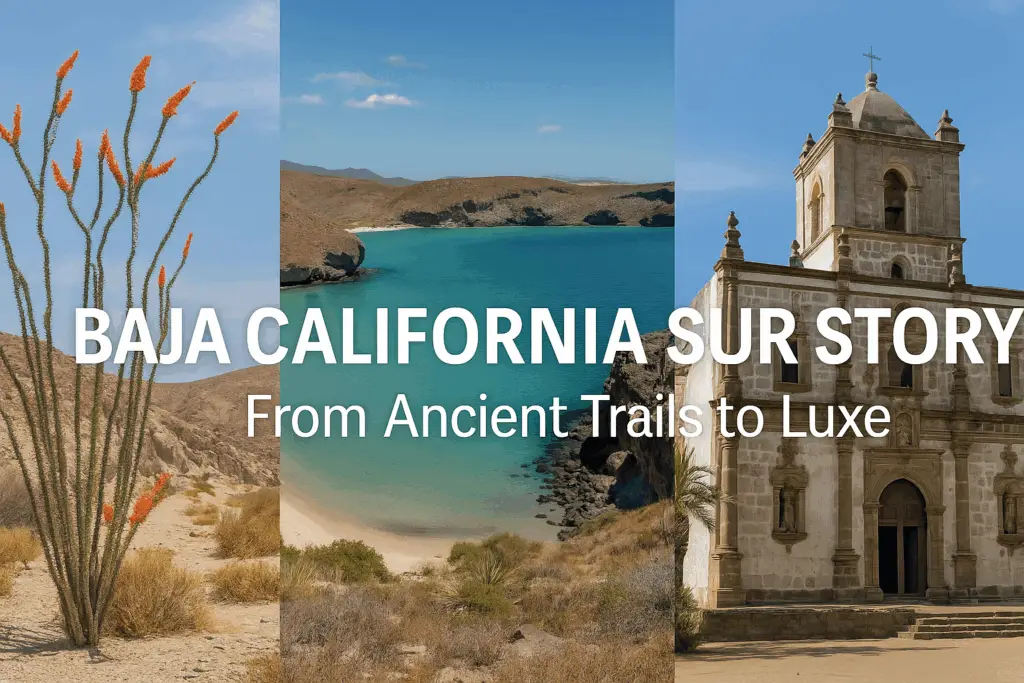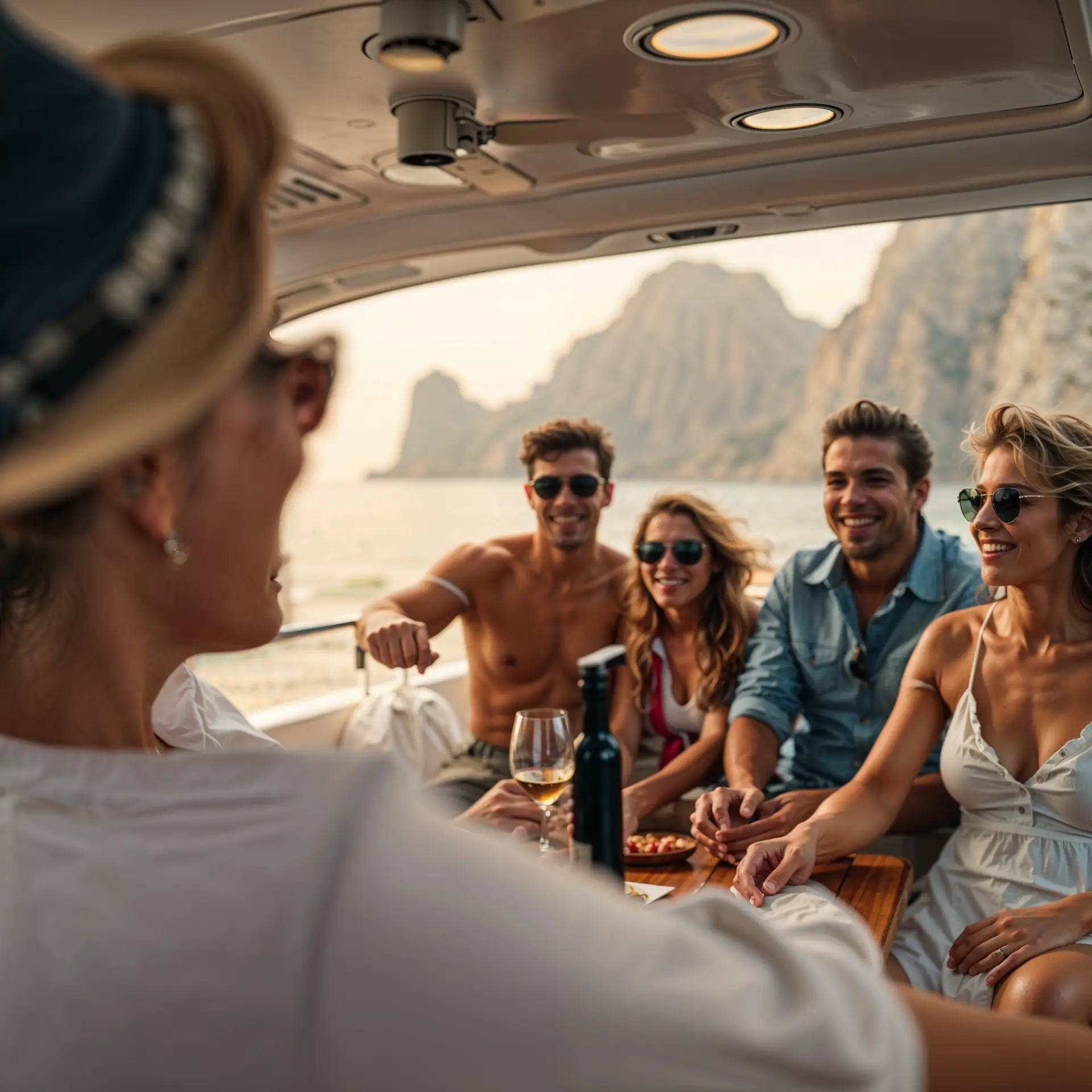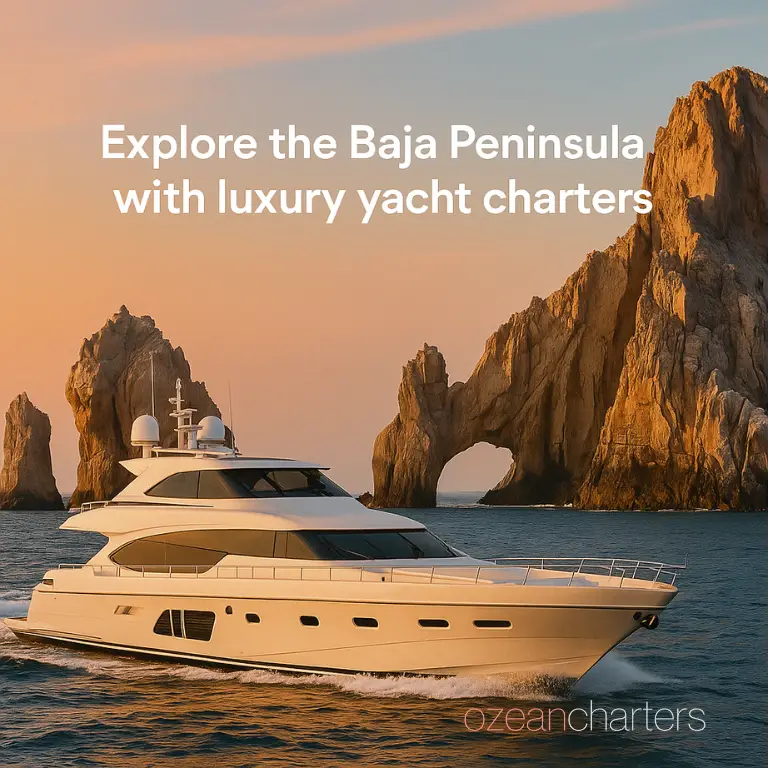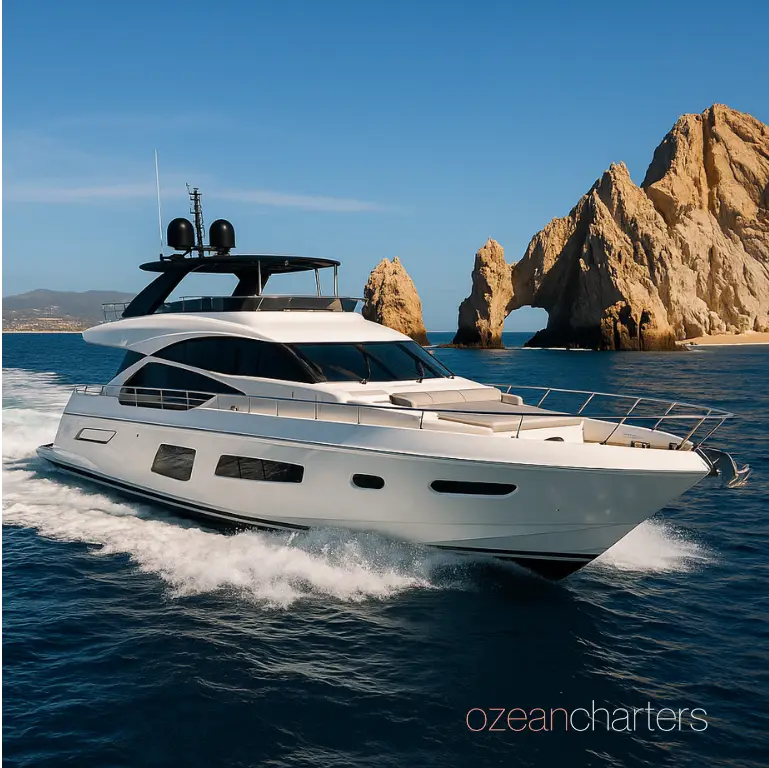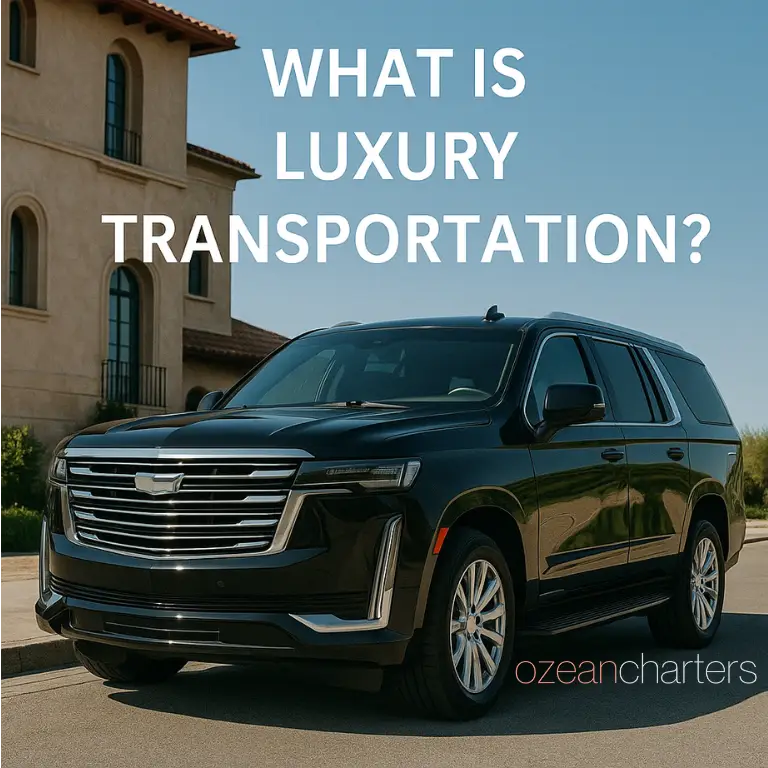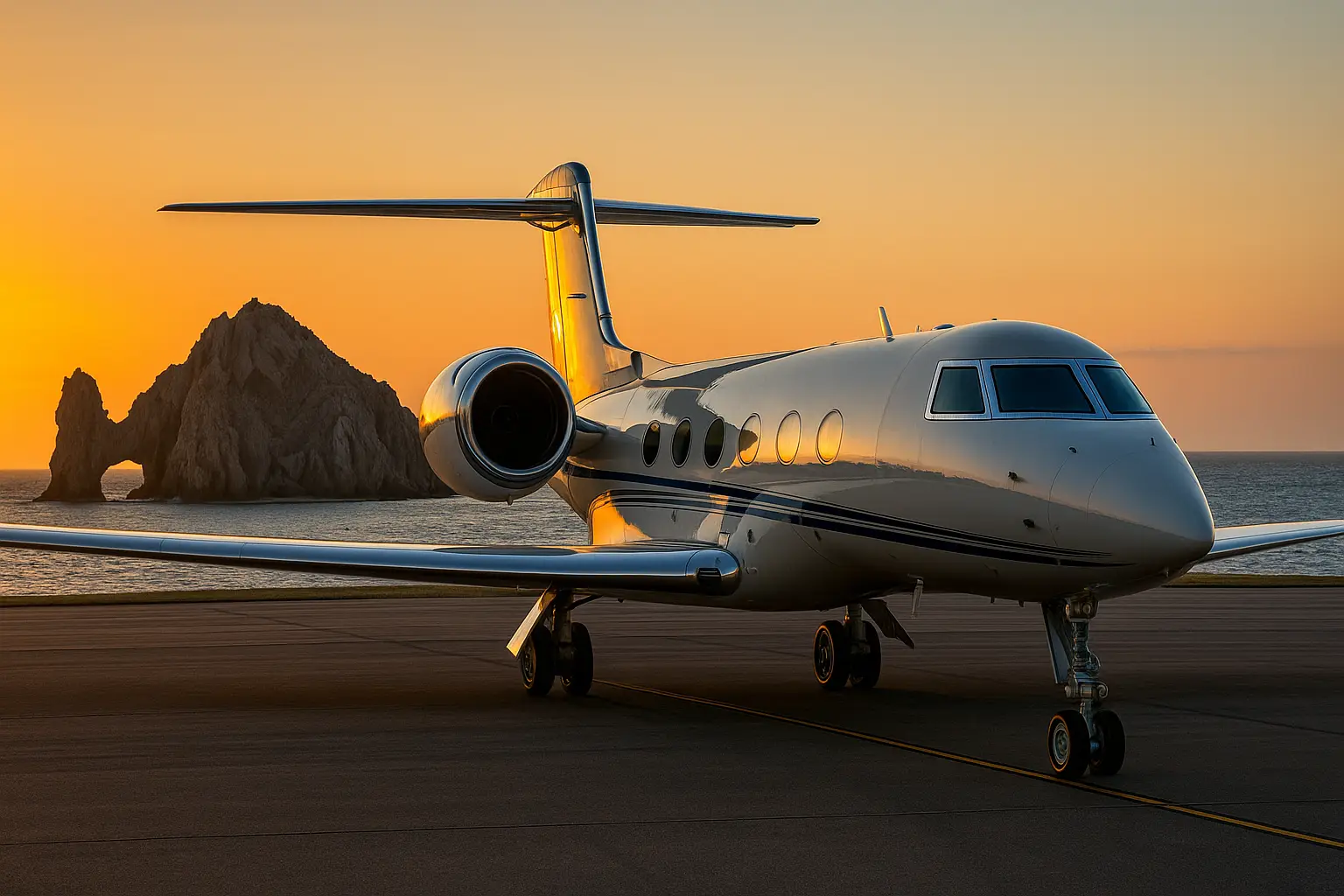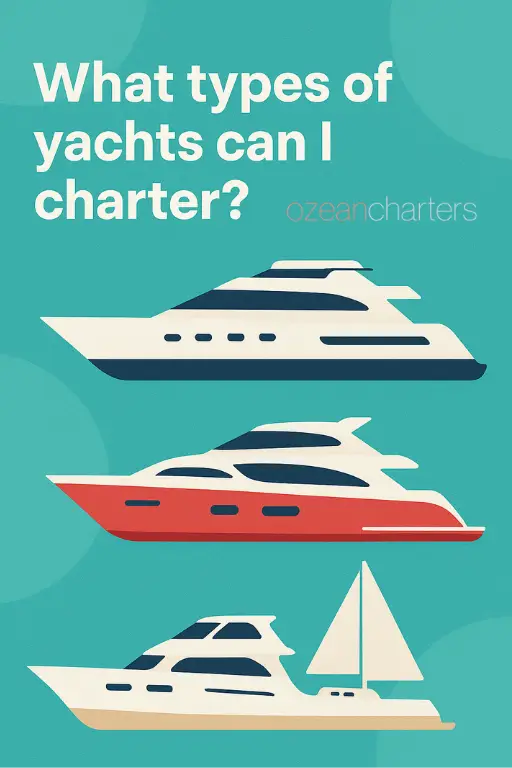Baja California Sur Story: From Ancient Trails to Luxe
Introduction
The Baja California Sur story sweeps across 10,000 years: from ancient hunter-gatherers painting giant red deer on Sierra canyon walls to today’s private-jet arrivals at Los Cabos. In this 1,650-word timeline we chart the peninsula’s pivotal chapters—indigenous ingenuity, Jesuit missions, gold-rush boomlets, gray-whale crusades, and the FONATUR-led luxury surge that turned sleepy fishing villages into a Forbes-level playground. (Baja California Sur – Students | Britannica Kids | Homework Help)
Table of Contents
- Origins & First Peoples (10,000 BCE – 1697)
- Jesuit, Franciscan & Dominican Missions (1697 – 1834)
- Pearls, Gold & Early Trade (1700s – 1900s)
- From Territory to Estado 31 (1931 – 1974)
- Whale Sanctuary & UNESCO Legacy (1971 – 1993)
- FONATUR & the Luxury Tourism Boom (1974 – Today)
- Regional Flavors: Baja-Med Cuisine & Craft Spirits
- FAQs: Culture, Safety & Sustainable Travel
1 · Origins & First Peoples
Archaeological digs at El Vizcaíno Desert show human presence 9,000 – 10,000 years ago. Cave art in the Sierra de San Francisco spans 100 BCE – 1300 CE, depicting life-size figures of bighorn sheep, whales, and shamanic dances. (Rock Paintings of the Sierra de San Francisco, Baja California Sur – Students | Britannica Kids | Homework Help)
Indigenous Groups
- Pericú: Southern Cape specialists in marine foraging.
- Guaycura: Central desert nomads; rock-art custodians.
- Cochimí: Northern hunters trading obsidian points.
Their stone-tool networks and water-catchment pits reveal sophisticated survival in a hyper-arid land. Spanish chroniclers marveled at 40-mile foot trails linking sea to mountains—precursors to today’s hiking routes.
2 · Jesuit, Franciscan & Dominican Missions
1697: Jesuit priest Juan María de Salvatierra lands at Loreto, founding Misión de Nuestra Señora de Loreto Conchó, the peninsula’s first permanent European settlement. (Baja California Sur – HISTORY, Baja California | Mexico, Map, History, & Facts – Britannica)
Between 1697 – 1768 Jesuits planted 17 missions, introducing grapes, citrus, and camino real mule routes. After 1767 the Crown expelled Jesuits; Franciscans (led by Junípero Serra) and later Dominicans took over, extending the network to 30 missions. (San Mateo | Silicon Valley, Bay Area, Suburb – Britannica)
Legacy: Modern wine country around Santo Tomás traces to Dominicans; adobe ruins inspire today’s boutique hotels like Todos Santos’ restored Hacienda.
3 · Pearls, Gold & Early Trade
La Paz boomed in the 1800s with black-lip pearl beds, exporting gems to Europe. By 1900 the fishery collapsed from overharvest. Simultaneously, placer gold lured prospectors to El Triunfo, whose 47-m “La Ramona” smokestack still towers over art galleries. (Baja California – Students | Britannica Kids | Homework Help)
4 · From Territory to Estado 31
The peninsula split into Territory Norte & Sur in 1931; yet roads were scarce. Only 300 km of paved highway existed by 1960, keeping Baja pristine. In 1974, congressional decree elevated Baja California Sur to Mexico’s 31st state, with La Paz as capital.
5 · Whale Sanctuary & UNESCO Legacy
1971 decrees protected Laguna Ojo de Liebre for gray-whale mothers; by 1993, the Whale Sanctuary of El Vizcaíno joined UNESCO’s World Heritage List. ([PDF] World Heritage 23 EXT BUR, Whale Sanctuary of El Vizcaino – UNESCO World Heritage Centre)
In the same UNESCO corridor, the Rock Paintings of Sierra de San Francisco gained cultural listing for “one of the world’s most outstanding concentrations of prehistoric art.” (Rock Paintings of the Sierra de San Francisco)
6 · FONATUR & the Luxury Tourism Boom
FONATUR (1974) masterminded Los Cabos, Loreto & East Cape as “Centros Integralmente Planeados.” Hotel rooms in Los Cabos rocketed from 0 to 8,000 by 2000, attracting Hilton, Westin, and later Waldorf Astoria. (The history of hotels in Los Cabos – Mexico News Daily, Fondo Nacional de Fomento al Turismo)
Private airports, world-class marinas, and the trans-peninsular Highway 1 turned a remote cape into today’s 2-million-visitor luxury destination. Mega-developments like Costa Palmas (Four Seasons, Aman) signal the next chapter.
7 · Regional Flavors & Craft Spirits
- Baja-Med Cuisine: Chef Javier Plascencia’s farm-to-table legacy mixes kumiai herbs, Mexican olive oil, and local pacifico bass.
- Sea Salt & Damiana Liqueur: Vizcaíno salt flats and lore-steeped damiana add zing to top-shelf cocktails.
- Sustainable Ranching: Valle de Santo Domingo supplies organic beef to Cabo’s Michelin-pursuing chefs.
8 · FAQ: Culture, Safety & Sustainable Travel
Is Baja Sur safe?
Yes—state capital La Paz posts lower crime than many U.S. metros. Luxury zones in Los Cabos maintain private security and tourist police patrols 24/7.
Do I need 4×4 to drive the Cape Loop?
Highway 1 is fully paved; a crossover suffices, but 4×4 grants beach-access freedom.
Best time to experience both whales and rock art?
January-February combines peak whale-watching with cool canyon hikes to cuevas pintas.
Can I visit missions easily?
Loreto, San Javier and Todos Santos missions feature restored facades and bilingual guides.
How can travelers reduce impact?
Choose certified operators, avoid single-use plastics, tip local guides, and respect CONANP rules in marine reserves.
Conclusion
From obsidian points to private-jet runways, Baja California Sur continues to evolve—yet desert silence, star-blown skies, and migrating whales still echo the peninsula’s timeless soul. Ready to write your own chapter? Browse our Luxury Yachts or Private Jets pages and let Ozean Luxe Charters craft a journey where history meets haute indulgence.

